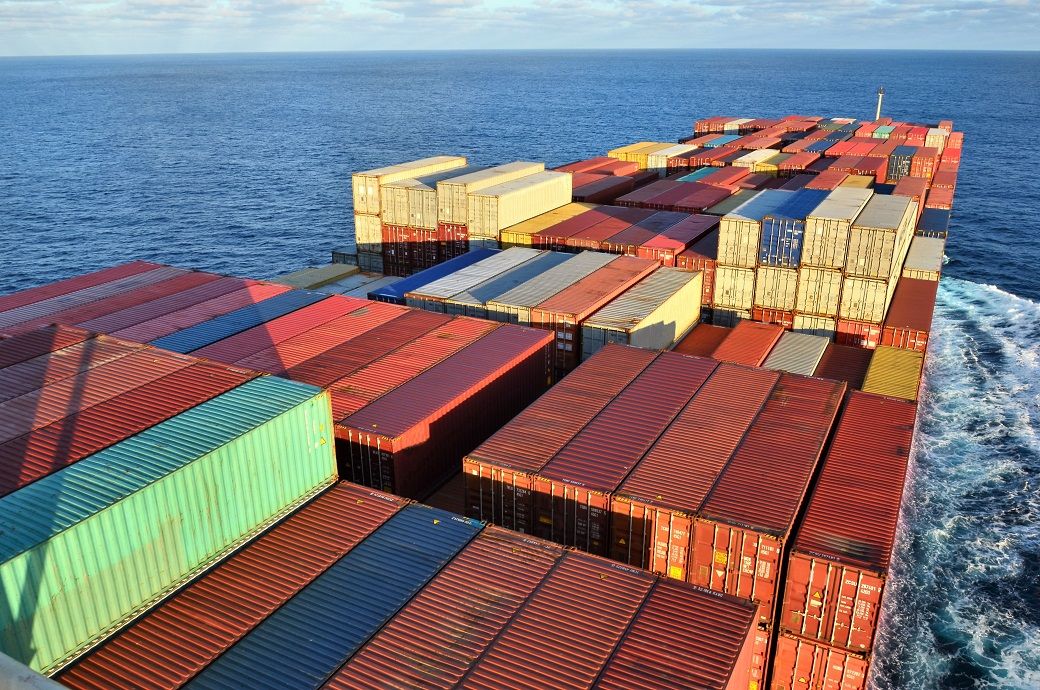
The drop is remarkable as it's the first time long-term rates have seen a year-on-year (YoY) decrease since late 2020. Carriers experienced a surge in revenue during the pandemic, due to supply chain disruptions, high demand, congestion, and lack of equipment, Xeneta said in a press release.
Regionally, the US stands out. The US import sub-index collapsed 40.6 per cent month-on-month and has lost 54.6 per cent of its value since peaking last October. In monetary terms, the average contracted price of shipping containers between the Far East and the US West Coast fell by $6,140 per FEU YoY. Container imports into the US were down by 21.1 per cent in Q1, while Far East-originating volumes fell 25.9 per cent. The US export sub-index managed limited growth, increasing 5.1 per cent month-on-month.
The scale of the decline in the US import sub-index paralleled the drop in Far East exports, falling 38.6 per cent in May and 58.5 per cent down YoY. Containerised exports out of the Far East dropped 10.5 per cent in Q1. The XSI for Far East imports experienced a smaller fall of 6.9 per cent yet was still down by 28.6 per cent YoY.
Europe also faced challenges with both sub-indexes losing value. The import benchmark moved down 11.1 per cent from April, while the export counterpart fell by 15.9 per cent.
Patrik Berglund, CEO of Oslo-based Xeneta, said: “This is the largest drop we’ve ever experienced on the XSI, which charts real-time global rates developments, and it paints a bleak picture of the state of the industry. The reasons behind that are manifold, but the main driver is that May marks the point when existing 12-month contracts in the US come to a conclusion and new agreements come into force.
“The global XSI is now down 42 per cent YoY and with continued macroeconomic uncertainty, evaporating trade volumes, and a wider sense of geopolitical flux, short-term industry omens do not suggest a move ‘back into the black’ at any time soon.”
Fibre2Fashion News Desk (NB)